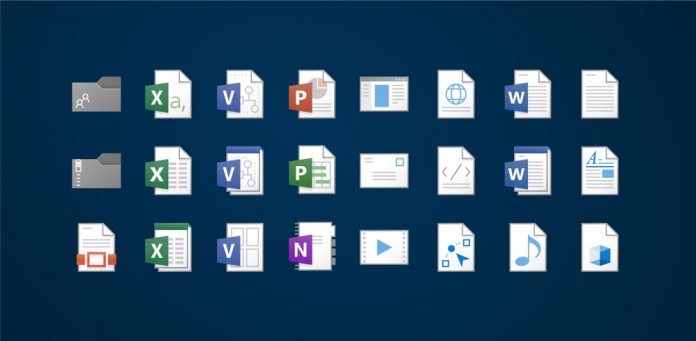“Patterns of inaction are identified based on user inactivity, both in comparison to a group who has received ed the same group of documents, and as an individual who has received a request regarding a document from another user,” explains the patent. “When a user crosses a threshold of inactivity, attempts to engage with specific documents are initiated. In one embodiment, promoting content includes displaying links to content in novel ways, including adding links to promoted content to existing content lists in existing application software.”
Office 365 Integrations
The patent was filed in January 2018 but published only yesterday. It’s easy to see how such methods would fit into Microsoft’s existing software suite. A user could send a document for review via OneDrive, for example, and if the system flagged that a user was avoiding its review, show it in the recent files list of Office 365. Microsoft also suggests placing links at the bottom of a Word document, after completing a previous task, and more. It could implement functionality in numerous software, from Microsoft To-Do to Teams and beyond. The implementation would take into account factors like time-zones, the importance of the document, and more. This functionality could boost enterprise productivity or simply annoy users. We’ve yet to see anything like this implemented in Microsoft’s products, and the patent is no indication that it will happen. Either way, it’s an interesting thought that we’d like to hear more of.




